I know we are only halfway through Q4, but in my world things have already shifted over to focusing on Q1 2024. 2024! I actually accidentally wrote 2024 as the date the other day. Perhaps my brain is a little too focused on the future? But, as this post is about how it is important to focus on the future, let’s go ahead and ignore that concern.
If you are a business owner, now is a great time to do some forward thinking brainstorming about the next year. I like to start without a ton of data to back up the brainstorm -- instead, focus on feelings, not specific metrics. If you know how you want to feel, then you are better able to determine which metrics will help you get there. And, from the metrics and the feelings, you are often better equipped to narrow down on appropriate strategies to support that work.
A few brainstorming questions I like using are:
Imagine your perfect work day. What does it look like? Where are you? How long do you work? What kind of things fill your day?
Think about the impact that your business has on the people closest to you. How do you want them to describe that to others?
Now think about the impact that your business has on your community. What do you want that to look like? How do you want folks in your community to describe your business?
The next step is to work backwards from your answers -- if you know what your perfect work day looks like, what do you need to do to make that a reality? Do you need additional support? Different offerings? A new workspace? Of these things, are there any that you can start implementing quickly? Or are some of them things that you can make progress on in the coming year, but not necessarily achieve? Any of those answers are normal and valid!
If you are not a business owner, or would like to just focus on personal finance for a bit, the same general structure is true. Starting with the big picture helps!
The reason why starting with your emotions, instead of starting with the data, is helpful, is because it grounds us in the things that actually matter to your daily satisfaction and happiness. Life isn’t about making a certain amount of money, saving a certain amount of money, or spending a certain amount of money. Life is about experiencing the things on a day to day basis that bring us joy, comfort, and help us create positive impacts in the world. By starting on that super high level, you can then better define how your the money that will propel you to that spot. If you start with the money (or the metrics) then you end up focusing on what someone else thinks you should do, or perhaps worse, your goals are pulled from thin air and don’t have the emotional component that will actually keep you motivated to reach them.
A few brainstorming questions I love to use for personal finance big picture planning are:
Imagine your financial worries and stresses are gone. What has changed about how you live your life on a daily basis? What about how you spend your time throughout the year?
Imagine your financial worries and stresses are gone. What has changed about your financial reality? Is it that you have more savings? Own property? Have less debt? No debt? Support to help you understand and manage financial admin? Someone who handles your bills? Be specific!
Think back to this year -- what financially related things felt really stressful? What would have made them feel less stressful?
Think back to this year -- what financially related things felt really good? How can you create more of those moments?
The next step is exactly the same as it was for business finance. Backwards plan to determine what you can start implementing quickly and what will take more time. Determine the supports or inputs that are currently missing in your life that you’ll need to get in order to make your dream a reality. A lot of this work is about determining your end goal and then figuring out what stepping stones make the most sense along the way. Inevitably there will be times when you take a stepping stone that doesn’t work out like you thought and you may need to backtrack or change course. That is okay!
If you want help with this process, reach out! I’d love to chat. You can book a free consultation call on my calendar or fill out the client inquiry form to start the process with me.
As always, I’m rooting for you.
XOXO,


